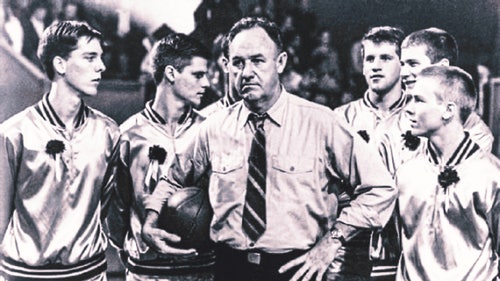
Galvis serving suspension on DL
Now here’s a story pertaining to performance-enhancing drugs that’s actually worth worrying about.
One day after Roger Clemens was cleared of perjury charges in what can only be described as a colossal waste of taxpayer dollars, Major League Baseball slapped Phillies infielder Freddy Galvis with a 50-game suspension after testing positive for a metabolite of Clostebol, a PED.
On its own, the news wasn’t an industry-rattling bombshell. Galvis, while one of the more promising prospects for the beleaguered Phillies, had managed an OPS of only .617 this year. He hadn’t played since June 6 because of a long-term back injury. He is on the disabled list. But he will begin serving the suspension immediately.
And that is the interesting/troubling part.
Baseball has been suspending major-league players for PED use since 2005, under what is rightly called the toughest drug-testing program in North American professional sports. But it’s baffling that MLB and the players’ union have failed to close the loophole that allows players to serve their suspensions while on the disabled list.
The parties had another chance during negotiations on a new collective bargaining agreement last offseason. Once again, they couldn’t agree on a commonsense solution. The inconsistency is there, just as it was for Cincinnati Reds pitcher Edinson Volquez in 2010. Volquez served his PED suspension while on the disabled list after Tommy John surgery.
In theory, what’s to stop a player from sustaining a long-term injury and taking PEDs to help him recover, knowing full well that any possible suspension would expire before he’s ready to play again?
By declining to patch the loophole, baseball and its union gave unnecessary ammunition to critics who say the sport hasn’t done enough to address the specter of steroid use – when in fact commissioner Bud Selig has made considerable progress in the area.
Just this month, MLB and the players’ union announced their agreement to add a blood test for HGH during spring training, the offseason and for reasonable cause. There will be more random PED tests during the regular season and offseason. Expanded HGH testing during the regular season is under discussion, too. In those important respects, the program is better than it was last year; Selig and MLBPA executive director Michael Weiner deserve credit for that.
Yet, they didn’t make the simplest fix of all: If a player tests positive for a PED, time on the disabled list shouldn’t count toward his sentence. A panel of doctors – jointly agreed upon by MLB and the union – ought to determine when he would otherwise be fit to return, at which point the suspension would commence. The union may have argued that players’ rights would have been jeopardized by such a system, but those concerns could have been allayed with a union-approved doctor on the panel.
Are these isolated cases? Yes. Was the union’s stubbornness on this issue egregious enough that it would have been worth jeopardizing the ratification of the new CBA? As a practical matter, no.
But in the end, baseball’s drug testing program is supposed to be about fairness. And the notion of Galvis serving his suspension while on the DL just doesn’t seem right.










